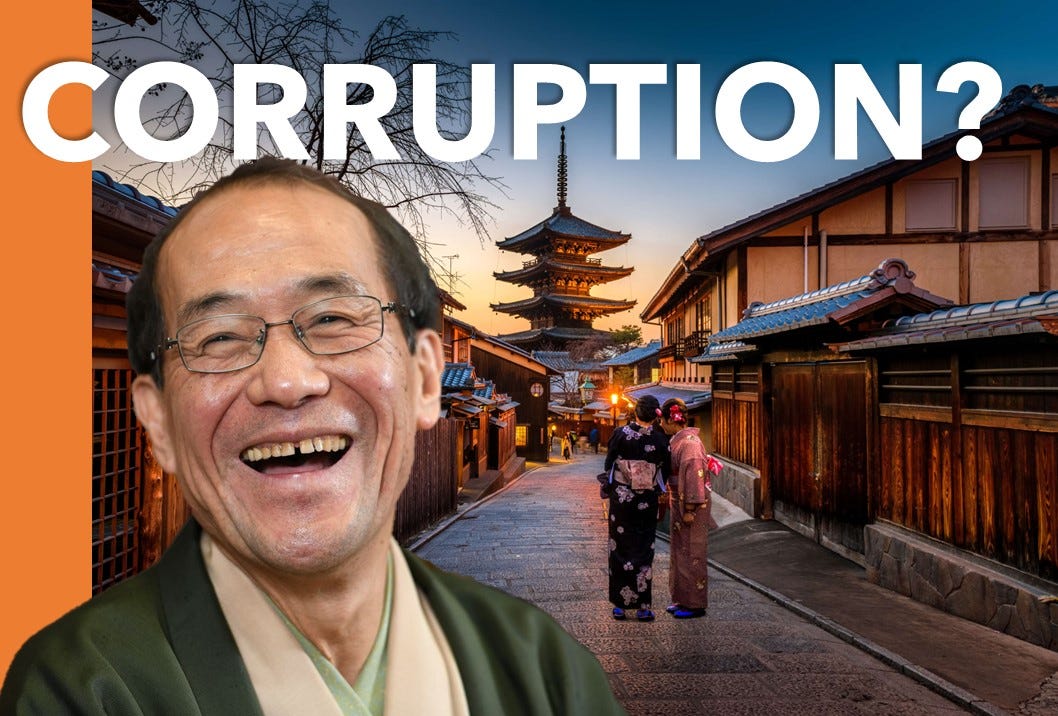It’s hard to imagine that Kyoto, the city that attracts millions of tourists for its incredible blend of traditional beauty and modern allure, is the worst-run city in Japan.
And yet, after reading this article, I'm sure you'll agree with me…
A recent tweet highlighted an ongoing issue that seems minor but is emblematic of the larger systemic problems the…
Keep reading with a 7-day free trial
Subscribe to KonichiValue Japan to keep reading this post and get 7 days of free access to the full post archives.



